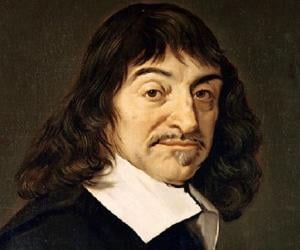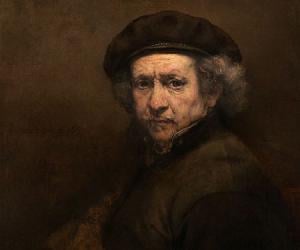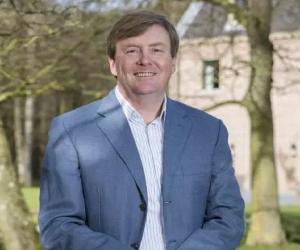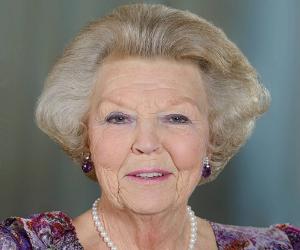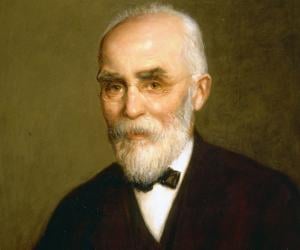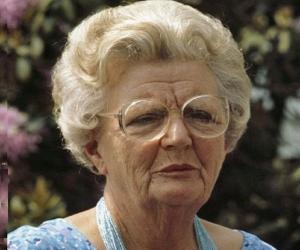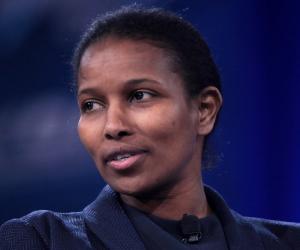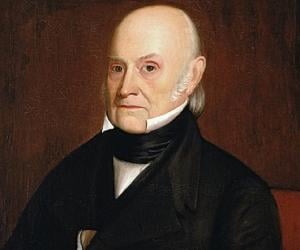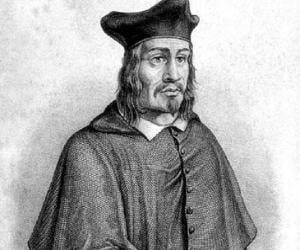Rembrandt was a Dutch printmaker, painter, and draughtsman. A master in three major art media, Rembrandt is widely considered the most important visual artist in Dutch art history and one of the greatest of all time. He is also considered the greatest etcher in the history of printmaking. His life and work inspired several films, including the 1936 movie Rembrandt.
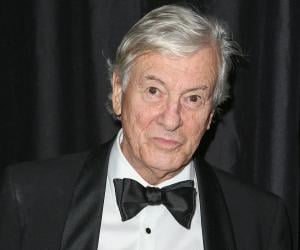
Paul Verhoeven is a Dutch screenwriter and director whose illustrious career has spanned more than 60 years. Over the years, Verhoeven has won prestigious awards such as a Golden Globe Award, César Award, and Saturn Award. Paul Verhoeven is regarded as one of the most popular filmmakers in the Netherlands.
Beatrix of the Netherlands reigned as Queen of the Netherlands for 33 years. At the time of her abdication in favor of her son, she was the oldest-reigning monarch in the history of the monarchy of the Netherlands. As the queen, Beatrix had a huge impact on the Dutch people and continues to serve as a patron of several organizations.
Nobel Prize-winning Dutch physicist Hendrik Lorentz, a major figure of the Second Dutch Golden Age, is remembered for his discovery of the Zeeman effect, along with his former student Pieter Zeeman, who shared the Nobel with Lorentz. His research on electromagnetic radiation prepared ground for Einstein’s special theory of relativity.
Juliana of the Netherlands was the Queen of the Netherlands from 1948 to 1980, during which she remained a popular member of the Dutch royal family. Her reign witnessed the decolonization and independence of Suriname and the Dutch East Indies (present-day Indonesia). Several important places, including the Princess Juliana International Airport, are named after her.
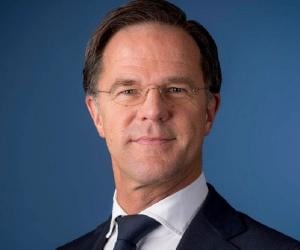
Dutch politician and VVD party leader Mark Rutte has been serving his nation as its prime minister since 2010. While he initially aspired to be a pianist, he later studied history and then worked for Unilever, before stepping into politics. He is known as Teflon Mark for recovering from controversies unscathed.
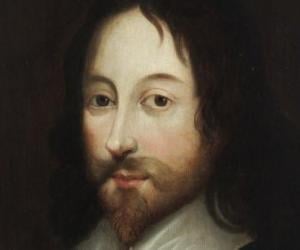
Thomas Browne was an English author and polymath who wrote several books on varied fields, such as religion, medicine, science, and the esoteric. Browne incorporated different styles of writing depending upon the genre he was working on. Over the years, his writing has influenced several other writers like Herman Melville. Browne's works have been admired by personalities like William Osler.

Dutch-born Stefanie Joosten initially studied Japanese language and culture at Leiden. Her interest later took her to Japan, where she began modeling. She voiced the character Quiet in a Metal Gear game in both its English and Japanese versions. She has also appeared in TV series, short films, and feature films.
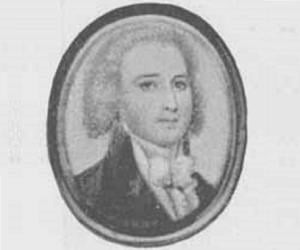
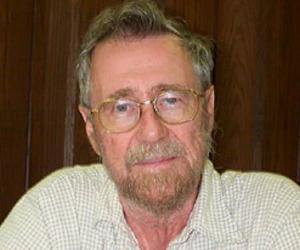
A pioneering computer scientist from the Netherlands, Edsger W. Dijkstra had initially studied theoretical physics, before focusing on computers. He developed the domain of structured programming and also won honors such as the Turing Award. He died at 72, after a long struggle with cancer.
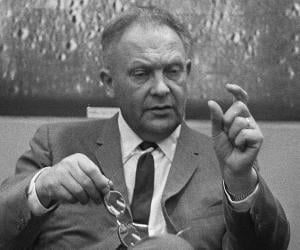
Gerard Kuiper was blessed with an unusually sharp eyesight and could see stars clearly with the naked eye. The Dutch-born scientist later moved to the U.S., where he established the University of Arizona’s LPL. He also initiated research on the belt of comets surrounding the Sun, known as the Kuiper belt.
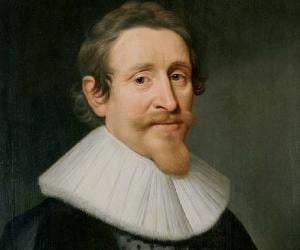
Best known for his iconic book De jure belli ac pacis, or The Rights of War and Peace, Hugo Grotius was a Dutch humanist and author, who had also been a jurist. Due to his involvement in the Calvinist debate, he was exiled to France, where he penned most of his significant works.
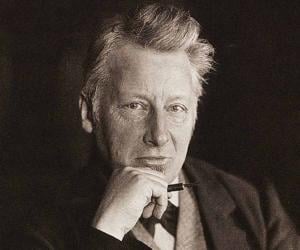
Jacobus Henricus van 't Hoff was a Dutch physical chemist best remembered for winning the first Nobel Prize in Chemistry. Van 't Hoff's work helped found the modern theory of chemical thermodynamics, chemical kinetics, chemical equilibrium, and chemical affinity. A highly popular theoretical chemist, Van 't Hoff is also counted among the founders of physical chemistry.
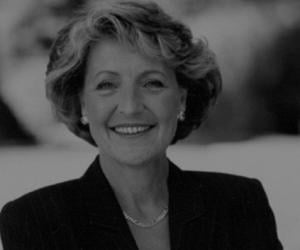
Somali-born Dutch-American activist, feminist, and scholar Ayaan Hirsi Ali is the founder of an organization for the defense of women's rights, the AHA Foundation. She actively opposes forced marriage, honor violence, and child marriage. A former Muslim, she now identifies as an atheist and is a vocal critic of Islam. She is a recipient of the Lantos Human Rights Prize.
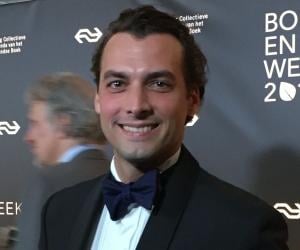
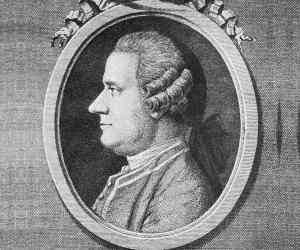
The man who discovered photosynthesis, Jan Ingenhousz was born in the Netherlands but later settled in England. He is also remembered for his pioneering research on thermal conduction and the prevention of smallpox and even successfully inoculated the Habsburg family against smallpox. He was also Maria Theresa’s personal doctor.
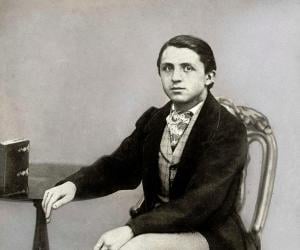
After studying subjects such as literature and theology, Abraham Kuyper became a pastor and founded the Calvinist paper De Standaard. He later established the Anti-Revolutionary Party and also served the Netherlands as prime minister. He was also the founder of the Reformed Churches in the Netherlands.
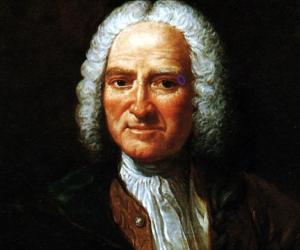
The sixth president of the United States of America John Quincy Adams played a key role in shaping America during its formative years. He helped develop the Monroe Doctrine, which eventually became a vital tenet of the U.S. foreign policy. He is also widely regarded as one of the greatest secretaries of state and diplomats in the American history.
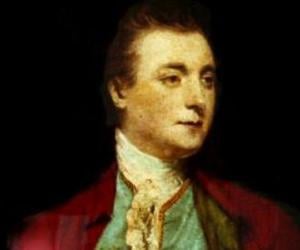
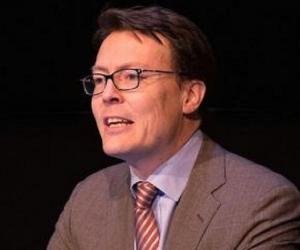
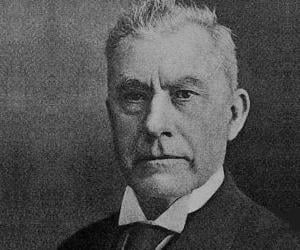
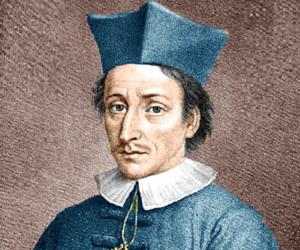
Nicolas Steno was a 17th-century Danish scientist considered a pioneer in both anatomy and geology. He received training in the classical texts on science and went on to become an expert on fossils and rock formation. Today, he is considered one of the founders of modern stratigraphy and modern geology. He became a Catholic bishop in his later years.
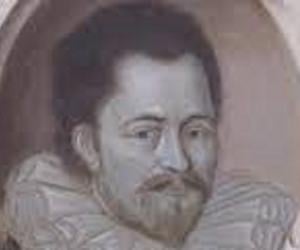
Simon Stevin was a Flemish physicist, mathematician, and military engineer. He is best remembered for his contributions to various fields of science and engineering. Simon Stevin is also credited with several discoveries and inventions. He pioneered the practical application of surveying and hydraulic engineering.
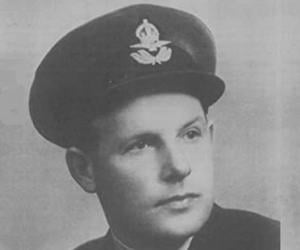
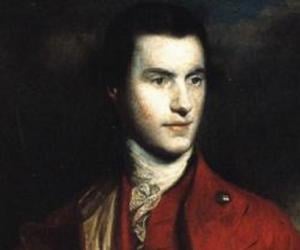
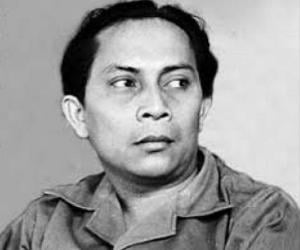
Indonesian politician Sutan Sjahrir was also the country’s 1st prime minister. He was a key figure in the Indonesian struggle for independence and later supported the Western constitutional democracy. He had also served as the foreign minister and interior minister of Indonesia. He was named a National Hero of Indonesia.
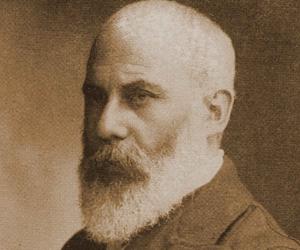

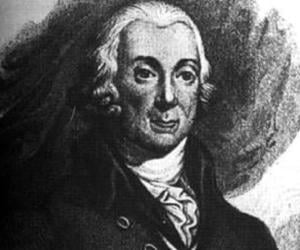
German naturalist Peter Simon Pallas was born to a professor of surgery and had, by age 15, formulated classifications of several animal groups. He chiefly worked in and around Russia, and is remembered for his 3-volume geological study, Journey Through Various Provinces of the Russian Empire.

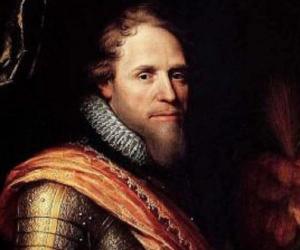
Maurice, Prince of Orange is remembered for transforming the Dutch army with his modern military strategy and engineering. The second son of William I the Silent, he was part of the Eighty Years’ War with Spain. He passed away shortly before the siege of Breda was completed.
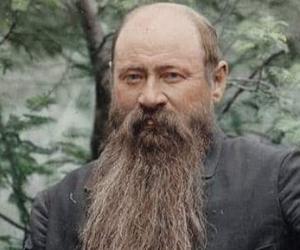
Marthinus Theunis Steyn was a South African lawyer, politician, and statesman. As a young man, he studied law at the Inner Temple in London and returned home to set up his practice. He became the sixth and last president of the independent republic the Orange Free State in 1896, a position he held till 1902.
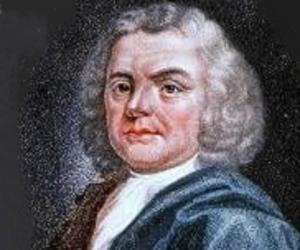
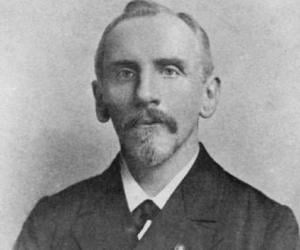
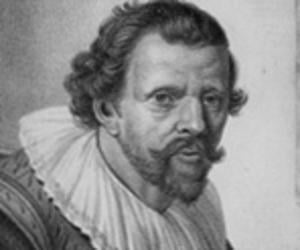
Dutch naturalist Jan Swammerdam was the first to detect red blood cells. Though a qualified doctor, he never practiced medicine, and took to research instead. Known for his research on anatomy, he also revolutionized the study of insects, proving that the egg, larva, pupa, and adult are all the same organism.

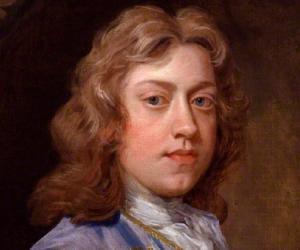
Anglo-Dutch social philosopher Bernard Mandeville is best remembered for his satirical work The Fable of the Bees. A qualified physician just like his father, he later settled in London, where he gained fame with his writings. He believed that even the most negative actions are capable of producing positive outcomes.
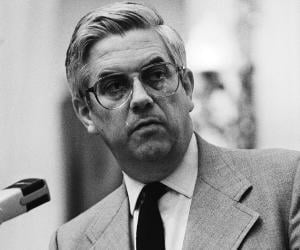
Former EU Commissioner for the Internal Market, Frits Bolkestein also led the Dutch political party People's Party for Freedom and Democracy, or VVD. His job at the Shell Group took him to places such as Honduras, France, and Indonesia. He has also penned countless books, mostly related to politics.
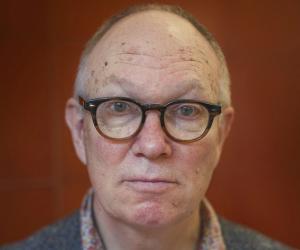
Apart from studying Chinese literature in the Netherlands, Dutch author Ian Buruma also studied Japanese cinema in Tokyo. His cultural experiences while working as a reviewer and documentary maker in Japan and then as a freelance author in other parts of Asia inspired him to write books such as Inventing Japan.
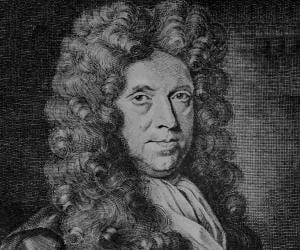
English botanist Nehemiah Grew is considered a pioneer of plant anatomy, along with Italian biologist and physician Marcello Malpighi. Initially a physician, he later penned iconic books on botany, such as The Anatomy of Plants. He also made pioneering studies in finger-print patterns. A genus of trees has been named after him.

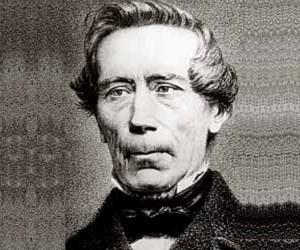
One of the most significant 19th-century politicians from the Netherlands, Johan Rudolf Thorbecke led the country as its prime minister. The Liberal Party politician began his career as a lecturer. As a prime minister, he encouraged free trade by abolishing excise duties and built many new canals.
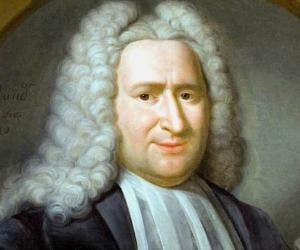
Dutch physicist and mathematician Pieter van Musschenbroek is remembered for introducing the principle of the Leyden jar. He also taught at several universities. Born to an instrument maker, he initially studied medicine but later also focused on philosophy. He made pioneering contributions to tribology.
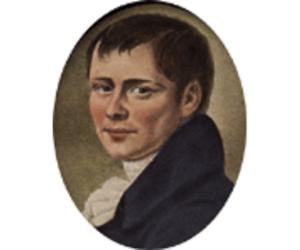
Ewald Georg von Kleist was an 18th-century German jurist and physicist. He studied jurisprudence at the University of Leipzig and the University of Leyden. He served as the dean of the cathedral at Kamień Pomorski in the Kingdom of Prussia for over two decades, after which he was appointed the president of the royal court of justice in Koszalin.
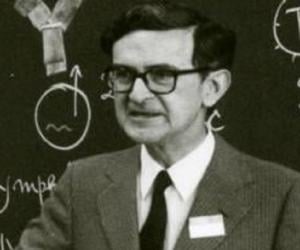
Niels Kaj Jerne was a Danish immunologist best remembered for winning the 1984 Nobel Prize in Physiology or Medicine alongside César Milstein and Georges J. F. Köhler. Jerne, who made important contributions to the fields of Immunology and Microbiology, was also honored with the Marcel Benoist Prize and Paul Ehrlich and Ludwig Darmstaedter Prize in 1978 and 1982 respectively.
